Regular chimney sweeping is essential for safety and efficiency. A blocked or partially blocked chimney can cause serious dangers, such as carbon monoxide poisoning, fires, and explosions.
Let’s take a quick and easy guide, I’ll show you How To Sweep A Chimney Liner in just a few simple steps.
You’ll need the following supplies:
- Heavy-duty garbage bags
- Stiff brush
- Shop Vac
- Drop cloths or old sheets
- Ladder
- Chimney sweep’s brush (optional)
Step-by-Step Guide
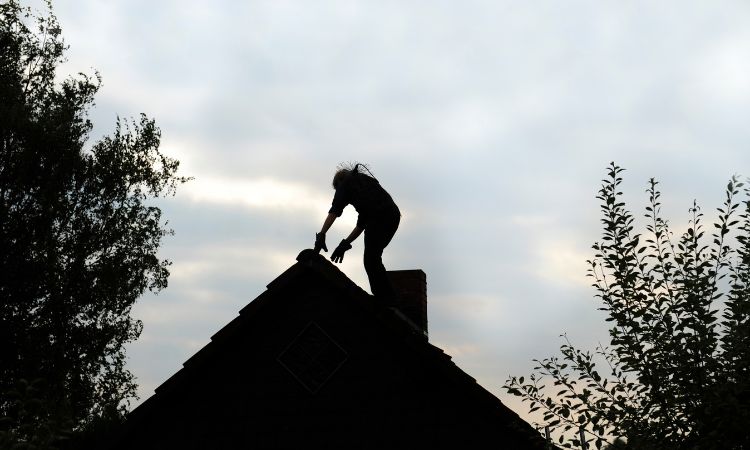
- Before you begin, make sure to put down drop cloths or old sheets around the fireplace to catch any debris. Ensure the room is properly ventilated with all doors and windows open.
- Next, put a heavy-duty garbage bag over the fireplace opening. In this way, debris won’t fall into the room as you’re sweeping.
- Climb up the roof using a ladder. Once you’re in position, take your brush and sweep the entire surface of the chimney liner. You should begin at the top and go down slowly.
- As you’re sweeping, any debris will fall into the garbage bag below. When you’re finished with the brushing, remove the bag and dispose of it properly.
- To be extra thorough, you can also use a Shop Vac to suction any lingering debris from the chimney liner.
- Follow these simple steps to sweep your chimney liner. All winter long, make sure you keep it up so that your home remains safe and efficient.
Although it may seem like a daunting task, sweeping a chimney liner is quite easy, especially if you have the right tools and know-how. These simple steps will help you quickly and easily get the job done yourself.
The Importance of Caring For Your Chimney Liner
Over time, Sweep A Chimney Liner can become damaged. Soot and creosote can build up inside your chimney over time, impacting both the efficiency of your fireplace and the safety of your home. You will need to remove all the soot and creosote from your liner, as well as anything else that may be clogging it up. Here are a few benefits of caring for your chimney liner.
- You will save money on fuel costs because it enhances the efficiency of your fireplace.
- The risk of a chimney fire can be reduced by keeping the chimney liner clean.
- Avoid carbon monoxide poisoning in your home.
- Your home’s air quality can be improved.
- Keeping your chimney liner clean is essential to maintaining its structural integrity.
There are two main types of chimney liners and both of them are necessary to be cleaned. However, the metal liners are easy to clean.
- Clay tile liners
- Metal liners
Clay tile liners are less common than metal liners, but they’re also more durable. Metal liners, on the other hand, are more affordable and more comfortable to install. Regardless of which type of liner you have, though, it’s important to inspect it regularly for cracks or other damage.
Bottom line: Your chimney liner is a crucial part of your fireplace system; without it, heat and smoke would escape into your home instead of going up and out through the flue. Hence, you should take care of it by cleaning it regularly and inspecting it for damage, you can extend its lifespan and avoid costly repairs down the road.
How to Clean Stainless Steel Chimney Liners?
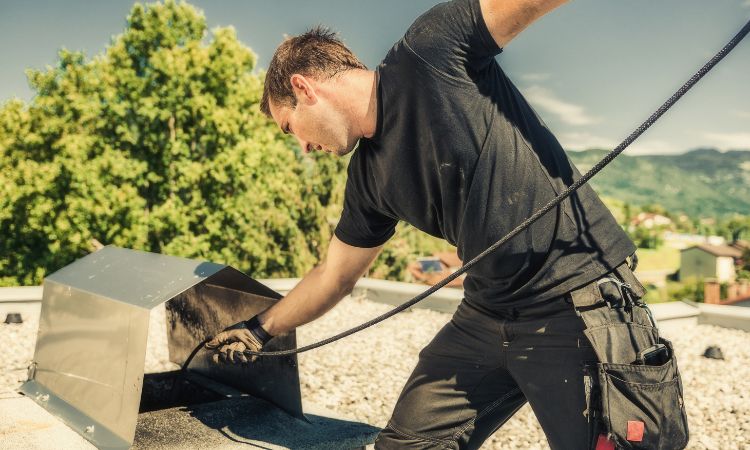
Over time, your stainless steel chimney liner may become caked with soot, creosote, and other debris. This can cause your liner to function less effectively and can also be a fire hazard. To keep your stainless steel chimney liner working properly and to minimize the risk of fire. Here are some tips on How To Sweep A Chimney Liner.
- Start by sweeping the chimney. Use a stiff brush to loosen stuck debris. Be sure to How Sweep A Chimney Liner sweeps all sides of the liner, including the top and bottom.
- When the large debris has been removed, it’s time to focus on the smaller particles. You can do this by using a hose-attached vacuum cleaner. Again, be sure to vacuum all sides of the liner, including the top and bottom.
- The next step is to clean stubborn stains that remain on the liner. You can do this by mixing equally water and vinegar in a spray bottle and misting it on the stains.
- Let the solution sit for five minutes before scrubbing it with a nylon brush. Rinse with clean water when you’re finished.
- Once all the stains have been removed, you can protect your stainless steel chimney liner by applying a thin layer of mineral oil. This will help repel future dirt and debris buildup.
People also ask
How to clean a chimney without a brush?
The best way is to use a leaf blower to push the soot and ash out of the chimney. You can also pour water into the fireplace and then light it on fire. The water will create steam which will loosen the soot and ash from the chimney walls. A special attachment for a vacuum cleaner can also be used to clean the chimney.
Can you sweep a chimney from the bottom?
It depends on the height of the chimney, the type of sweep ladder, and the experience and abilities of the individual doing the sweeping. Generally speaking, it is possible to sweep a chimney from the bottom, but it can be a difficult and dangerous job. That’s why most professional chimney sweeps use ladders to access the chimney from the top.
What can I use to clean my chimney liner?
A wire brush can be used to clean a chimney liner, but it’s important to make sure that the brush is properly sized for the liner. If the brush is too small, it could damage the liner. It’s also important to be careful when cleaning the liner because there is a danger of sparks flying out of the chimney and starting a fire. Safety precautions should be taken when cleaning the chimney, including wearing protective clothing and using a fire extinguisher.
Here is a post for your reading pleasure chimney-needs-sweeping

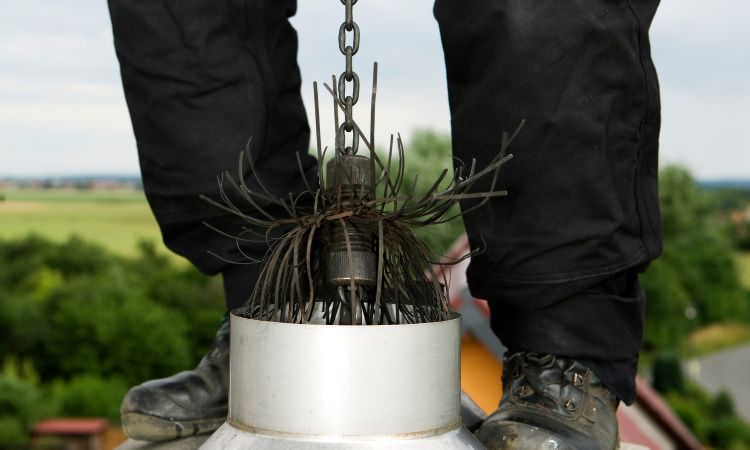
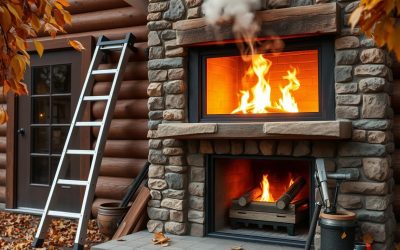
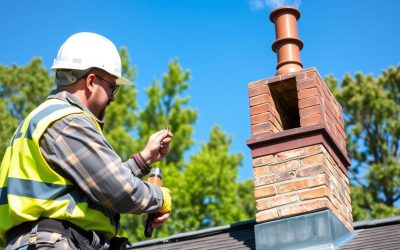

0 Comments